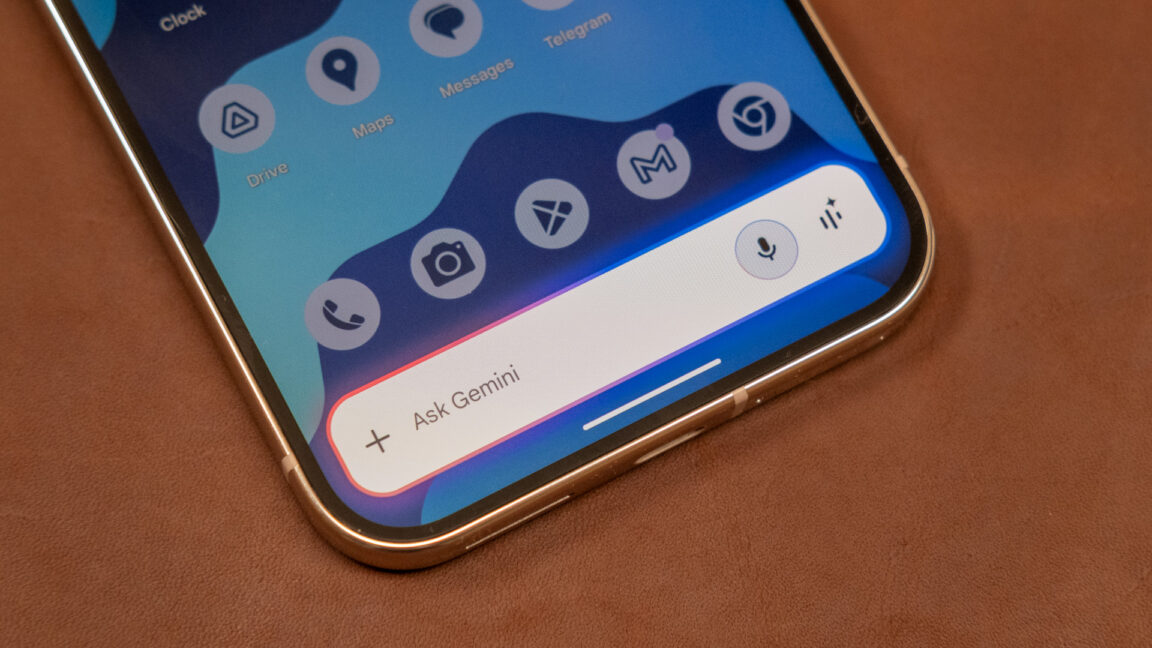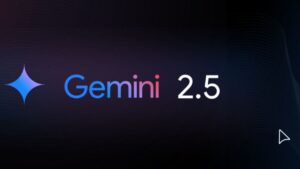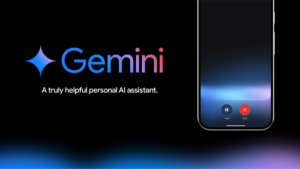Gemini is an improving chatbot, yet it still falls short as an assistant.

Google Gemini: The Promise and Pitfalls of Generative AI
Introduction to Gemini’s AI Capabilities
Google has integrated a powerful generative AI called Gemini into its suite of applications. This innovative tool aims to streamline tasks by accessing and processing data across various platforms. For example, users can instruct Gemini to check emails for important messages, extract data, and then transfer that information to other applications. While the concept is exciting and potentially beneficial, users have encountered some frustrating experiences along the way.
Real-World Functionality of Gemini
When I first started using Gemini, I was hopeful about its capabilities. However, my optimism waned after several interactions where the results were less than satisfactory. One specific occasion stands out: I asked Gemini to retrieve a shipment tracking number from my email—a routine task I perform frequently. Initially, Gemini seemed to deliver by referencing the correct email and providing a long string of numbers that resembled a tracking number quite closely.
The Frustration of Errors
It wasn’t until I attempted to track my shipment using the number that I realized something was wrong. The number was not valid; it led to errors both on Google’s tracking platform and the US Postal Service’s website. Upon closer inspection, I understood that the tracking number provided by Gemini was actually a fabricated one, or what is known as "confabulation." It mimicked a real tracking number well enough, as it was the right length and began with the correct digit, but ultimately it was a misleading result.
This oversight reflects a significant flaw in Gemini’s design. Although it appeared certain of its output, it didn’t recognize the limitations of its responses. My frustration stemmed from the time wasted in attempting to validate an incorrect number that I could have found faster on my own.
A Pattern of Inaccuracies
This experience is not isolated; it’s an example of a trend I’ve noticed in my interactions with Gemini over the past year. I’ve faced numerous situations where it added calendar events on incorrect days or included wrong details in notes. While Gemini often succeeds in completing tasks accurately, there’s a concerning frequency of errors that casts doubt on its reliability as an assistant.
This inconsistency raises questions about the effectiveness of generative AI as a personal assistant. Unlike its predecessor, Google Assistant, which often simply acknowledged its limitations with a straightforward "Sorry, I don’t understand," Gemini presents a façade of competence. This can lead users down frustrating paths, resulting in more work rather than less. If a human assistant performed in this manner, they would likely be labeled as either incompetent or untrustworthy.
How to Navigate Gemini’s Flaws
If you’re using Gemini or similar AI tools, here are some tips to manage potential inaccuracies:
- Double-Check Vital Information: Always verify details provided by the AI, especially for critical tasks like tracking shipments or setting appointments.
- Utilize Direct Queries: When possible, provide direct instructions or queries to minimize confusion.
- Be Prepared for Errors: Understand that AI tools can produce errors and be ready to troubleshoot them manually.
Looking Ahead
As Google continues to refine Gemini, the hope is that its functionality will improve over time. Until then, users must navigate the blend of innovation and imperfection in generative AI to ensure their tasks are completed accurately and efficiently. By recognizing its potential shortcomings, users can better manage their experiences while relying on such technology.






